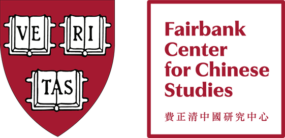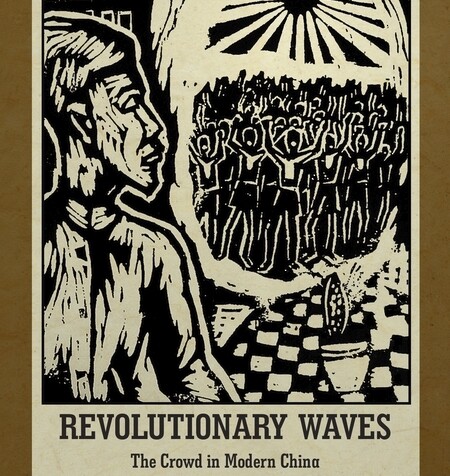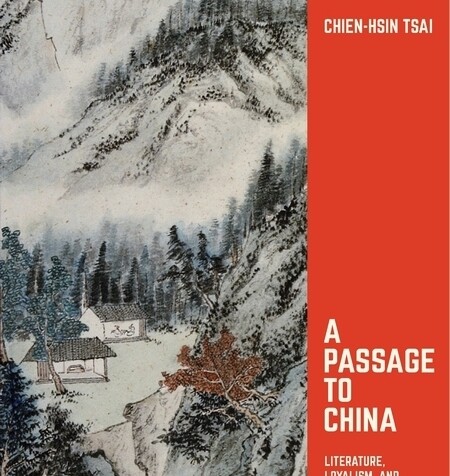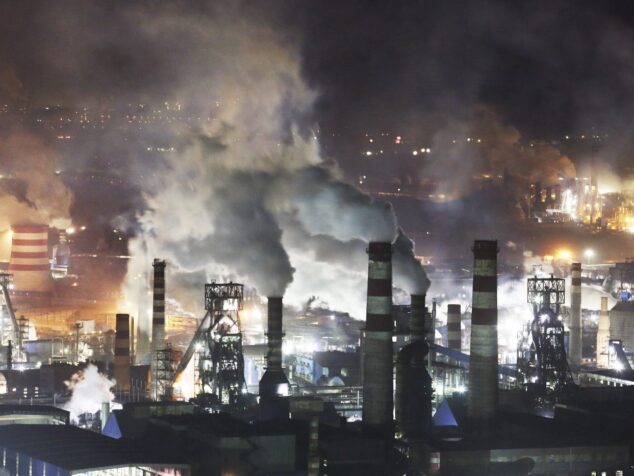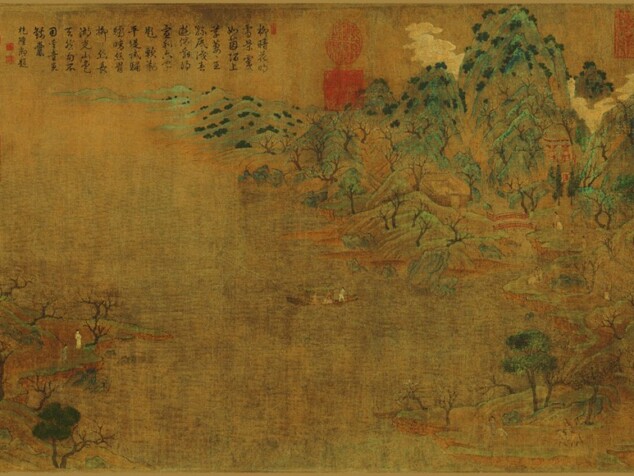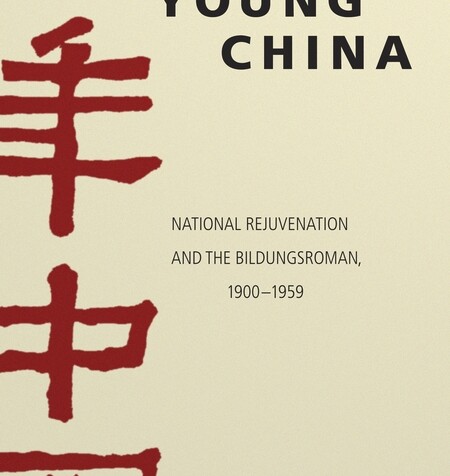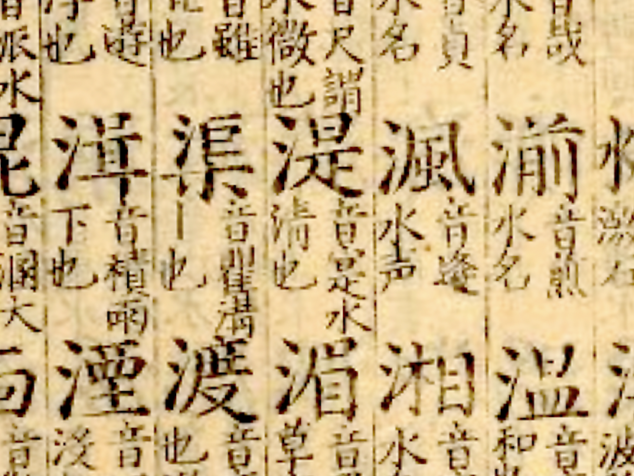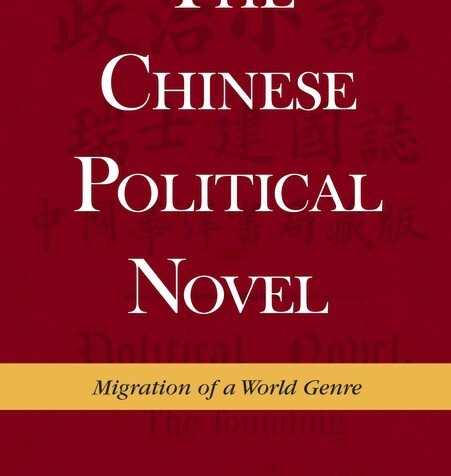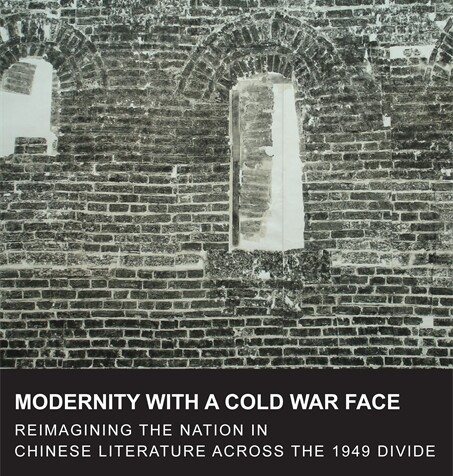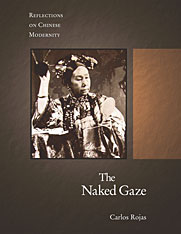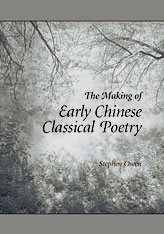Tie Xiao’s Revolutionary Waves analyzes the centrality of the crowd in the Chinese cultural and political imagination and its global resonances by delving into a wide range of fiction, philosophy, poetry, and psychological studies.
Literature
This book, the first of its kind in English, examines the reinvention of loyalism in colonial Taiwan through the lens of literature.
Professor Karen Thornber, author of Ecoambiguity: Environmental Crises and East Asian Literatures (Michigan 2012) and the upcoming Climate Change and Changing Literature, announces the launch of the Fairbank Center’s collaborative project with the Harvard Global Institute in China.
Graduate Student Associate, Lu Kou, examines poetic improvisation on an assigned topic in the Chen dynasty court.
“Young China” is a synthesis of narrative theory and cultural history, it combines historical investigations of the origin and development of the modern Chinese youth discourse with close analyses of the novelistic construction of the Chinese Bildungsroman, which depicts the psychological growth of youth with a symbolic allusion to national rejuvenation.
Fairbank Center Graduate Student Associate, Nathan Vedal, explains how a dictionary works in 16th century China.
Focusing on its adaptation in the Chinese context, Catherine Vance Yeh traces the genre of the political novel from Disraeli’s England through Europe and the United States to East Asia.
Xiaojue Wang’s “Modernity with a Cold War Face” examines the competing, converging, and conflicting modes of envisioning a modern nation in mid-twentieth century Chinese literature.
This is a study of visuality in early modern and modern China. Its focus, however, is not so much on imagery per se but rather on how vision itself has been conceived, imagined, and deployed in a variety of discursive contexts. The goal of this volume is to use a focus on tropes of visuality and gender to reflect on shifting understandings of the significance of Chineseness, modernity, and Chinese modernity.
This study adopts a double approach to the poetry composed between the end of the first century B.C.E. and the third century C.E; it first considers the period synchronically, then discusses how scholars shaped and created the standard account of classical poetry from this material.
